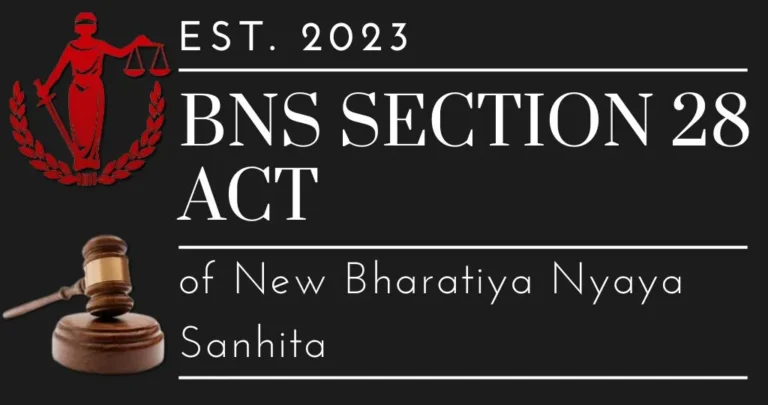
Understanding Public Safety and Responsibility under the Bharatiya Nyaya Sanhita, 2023: Provisions on Handling Dangerous Substances
Knowledge of Public Safety and Responsibility under the Bharatiya Nyaya Sanhita, 2023: Provisions Regarding Dealing with Hazardous Substances
The Bharatiya Nyaya Sanhita, 2023, has provisions that are specifically aimed at ensuring public safety through the regulation of dealing with hazardous substances. Sections 286 to 288 of the code describe the legal duties and sanctions for dealing with poisonous, inflammable, or explosive substances in a manner that poses danger to others. Every provision emphasizes the need to adopt necessary precautions in order to avoid damage to human life. This article clarifies each section using simple examples, and the responsibilities are made easy to understand and clear.
Section 286: Handling Poisonous Substances with Negligence
For More Updates & Regular Notes Join Our Whats App Group (https://chat.whatsapp.com/DkucckgAEJbCtXwXr2yIt0) and Telegram Group ( https://t.me/legalmaestroeducators ) contact@legalmaestros.com.
Section 286 targets those who behave in a careless or reckless manner with deadly poisons, posing potential risk to others. This takes into account both behavior that poses the risk of harm and neglecting proper precautions when dealing with poisons. A person under this section can be sentenced to imprisonment for six months, fined up to five thousand rupees, or both.
Example: Suppose someone applies a very poisonous pesticide in his garden adjacent to a public place without any warning signs or protective barriers. This reckless application of poison may injure passersby or neighbors who come into contact with the pesticide. Under Section 286, this individual can be penalized for not taking steps to ensure that others are safeguarded from the poisonous substance.
Section 287: Working with Fire or Combustible Materials with Negligence
Section 287 deals with the management of fire or other combustible (flammable) things in a careless or negligent manner that is likely to cause danger to human life. This section makes it clear that individuals should take necessary precautions not to cause any risk to others while using or storing flammable materials. An individual committing this offense can be punished with imprisonment of up to six months, a fine of up to two thousand rupees, or both.
For More Updates & Regular Notes Join Our Whats App Group (https://chat.whatsapp.com/DkucckgAEJbCtXwXr2yIt0) and Telegram Group ( https://t.me/legalmaestroeducators )
Example: Someone is burning dry leaves along a crowded street but does not maintain the fire under control. A gust of wind might fan the flames, injuring passersby or causing harm to adjacent buildings. The individual in this scenario may be penalized under Section 287 for causing an unsafe situation with fire.
Section 288: Handling Explosive Substances with Negligence
Section 288 deals with offences related to explosive substances. It makes a person liable for seeing that explosives are handled with proper care so that no harm may be caused to others. Lack of care measures, either through act or by default, will result in heavy penalties under this section. Under Section 288, the offences are punishable by imprisonment for six months, with a fine that may extend up to five thousand rupees, or both.
Example: Take the case of an individual who keeps firecrackers in an unsafe manner in a residential complex without taking required precautions. If these firecrackers catch fire by accident, they may inflict serious injury on individuals around them. According to Section 288, this person may be prosecuted for failing to take adequate measures to avoid causing harm.
Concluding Remarks
Sections 286 to 288 of the Bharatiya Nyaya Sanhita, 2023, place a strong emphasis on the duty of individuals in dealing with potentially hazardous materials such as poisons, inflammable substances, and explosives. Every section is a reminder to the public to act responsibly when dealing with such substances and to adopt all precautions to ensure the safety of others from possible harm. By these provisions, the code promotes a safer and more secure environment, and individuals are held responsible for acts that could otherwise lead to harm.






